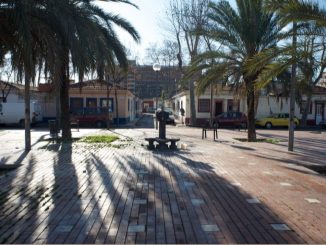
Europe

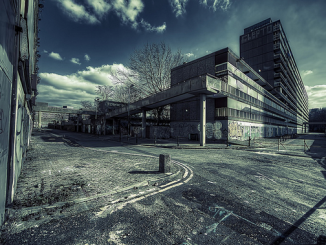
Heygate Was Home!

The fall of the Roman Empire
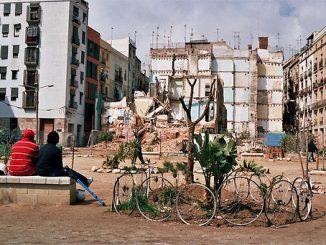
To resist is to win: 10 years in the Forat
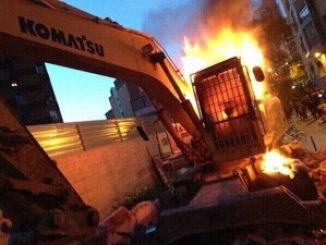
The Rumba of Barcelona (the “Can Vies effect”)
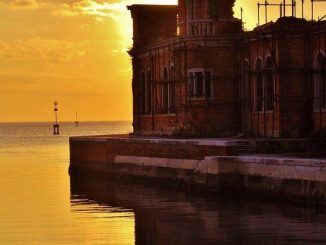
There is life in the lagoon

Two cities in the same Lisbon

Istanbul, a city without limits. Documentary movie
 "In Istanbul, we crossed the ecological limits, crossed the population limits, crossed the ecological limits. If you ask me where it is all going to lead, I will quote from Doğan Kuban: chaos" Mücella Yapıcı, chamber of architecture of Istanbul.
"In Istanbul, we crossed the ecological limits, crossed the population limits, crossed the ecological limits. If you ask me where it is all going to lead, I will quote from Doğan Kuban: chaos" Mücella Yapıcı, chamber of architecture of Istanbul.
- Ekümenopolis: Ucu Olmayan Şehir (Ecumenopolis: City Without Limits) (2011) a movie by Imre Azem, will be in Barcelona on november 15th, 8pm at Traslaciones festival in CCCB. Director Imre Azem will participate in the debate Istanbul relatos fuera de campo on wednesday 16th at 7:30pm. [Trailer1] [Trailer2] [Web]
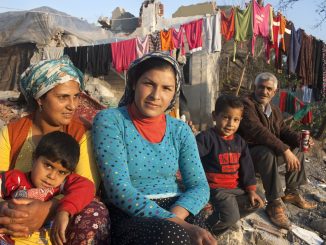
Sulukule: the first gypsy neighborhood in Europe

More on Barcelona’s city center: “The Melody of Raval”, by Manuel Vázquez Montalbán
 "Here we were all born in leftover neighborhoods, rounded by leftovers, waiting to grow up, to get old, or better said, to deconstruct ourselves; so we can receive all your sociologists, all your social psychologists, your substitute mayor, your worst dressed politician, the sons of your good neighborhoods that will give us examples on how to use abilities and efforts to help us out of the leftover neighborhoods; this is, you give us your leftover social science, your leftover psychology, your leftover mayor, your leftover solidarity, even your leftover fear, for sometimes you think that you yourselves could have been born in the leftover neighborhoods, that you could be leftovers yourselves; this is why you come down here to look at us playing the part of the assisted classes, useless even for production because robotics replaced us, and because our condition of leftovers can't compete anymore with leftovers from even more impoverished parts of the planet.
"Here we were all born in leftover neighborhoods, rounded by leftovers, waiting to grow up, to get old, or better said, to deconstruct ourselves; so we can receive all your sociologists, all your social psychologists, your substitute mayor, your worst dressed politician, the sons of your good neighborhoods that will give us examples on how to use abilities and efforts to help us out of the leftover neighborhoods; this is, you give us your leftover social science, your leftover psychology, your leftover mayor, your leftover solidarity, even your leftover fear, for sometimes you think that you yourselves could have been born in the leftover neighborhoods, that you could be leftovers yourselves; this is why you come down here to look at us playing the part of the assisted classes, useless even for production because robotics replaced us, and because our condition of leftovers can't compete anymore with leftovers from even more impoverished parts of the planet. 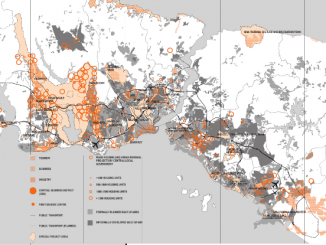
Istanbul: living in voluntary and involuntary exclusion
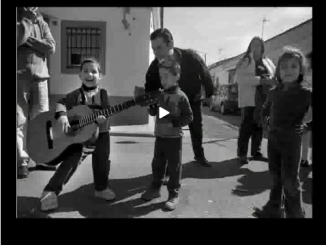
“El Bon Pastón”
This short video documentary was made in 2004 by Núria Sánchez Armengol and Luciano Literas, starting from a series of recordings taken in the neighborhood of Bon Pastor in Barcelona. The popular casas baratas, 784 one storey “low-income” houses built in 1929 for immigrant workers, were undergoing the polemic “Urban renewal Plan” that entails the complete demolition of the neighborhood. In this documentary you can listen to neighbors’ voices, some agree, other disagree with the demolitions; while a special highlight is given to the resistance of “Avis del Barri” association: elder inhabitants of the “casas baratas” who struggle against the City Council’s Urban Renewal Plan. The same year, a few km further, the same City Council was building the “Forum 2004” and the residential estate “Diagonal Mar”. The video presents a critical reflection on these processes and on the impact of real estate speculation and urban renewal on Barcelona’s residents who are involved in it.
http://dvactivisme.blip.tv/file/493383/
- The enterviews on the video were recorded by Stefano Portelli and Silvia Minarelli in Bon Pastor in the year 2004. Download the document Resultados de la encuesta sobre las opiniones de los habitantes de Bon Pastor, Neighborhood Platform against Real Estate Speculation in Barcelona, 2004 (PDF)
- Research webpage on the “casas baratas”: laciutathoritzontal.org
- Research project on the “casas baratas”: PDF

Des del Ressentiment (Barcelona, 2006)
Short documentary film we realized in 2006 on the factory of Can Ricart (Barcelona), under the effects of the “22@” urban renewal plan. All the industries and organizations that used the XVIIIth century stucture had to leave, as well as most of the inhabitants of the surrounding buildings. …